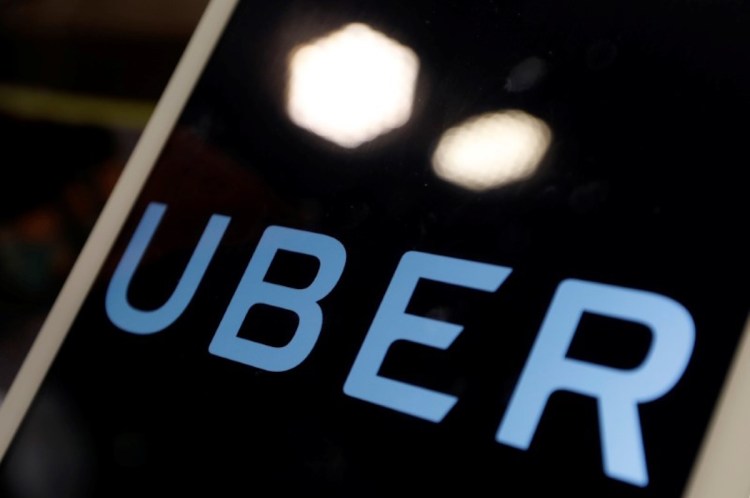Uber is joining a host of transport-focused companies to become the newest members of the International Association of Public Transport (UITP — from the French, L’Union internationale des transports publics). This nonprofit global advocacy network brings together key stakeholders from across the transport spectrum to improve urban mobility.
The UITP was founded out of Brussels way back in 1885, with a view to supporting dozens of European tramway operators. In the intervening years, the body has served to “deepen the dialogue” between transport companies, industry, and local authorities with the aim of building and maintaining a sustainable mobility sector. Today, the UITP counts 1,400 member organizations from nearly 100 countries.
With digital technology playing an increasing pivotal role in how people engage with public transport, the UITP has created a new “subsection” membership called Digital Platforms, which will include everything from online journey planning services to e-taxi apps. Inaugural members include ride-hailing giants Uber, Grab, and Ola. Russian internet titan Yandex — which is currently in the process of merging with Uber in Eastern Europe — is also joining. Other new members include Door2Door, Citymapper, Moovel, Via, 99, and Upstream.
“Alone, these new players do not have the capacity or capability to meet every journey need or solve congestion issues,” noted IAPT secretary general Alain Flausch, in a press release. “They therefore need to operate to complement existing high-quality public transport.”
June 5th: The AI Audit in NYC
Join us next week in NYC to engage with top executive leaders, delving into strategies for auditing AI models to ensure fairness, optimal performance, and ethical compliance across diverse organizations. Secure your attendance for this exclusive invite-only event.
We’ve already seen a number of partnerships between internet companies that are looking to play nice with more traditional transport services. Earlier this year, Uber partnered with Transit to display real-time public transport data directly within the Uber app. While it may have seemed like a counterintuitive move, it actually reflects the way people already use Uber and similar services — they might take an Uber to a train station, for example, and then use another Uber when they disembark at the other end.
By opening to these new digital platforms, the UITP wants to ensure that everyone’s reading from the same page.
“We recognize that our technology and approach can bring new tools to the table, but we also know we have a lot to learn from those who’ve been developing public transportation for more than a century,” Uber added in a separate blog post. “We’ve already been developing partnerships with different transport authorities and cities. By joining UITP, we want to further extend and deepen this the dialogue with public transport operators everywhere. We’re excited for the ride ahead.”

